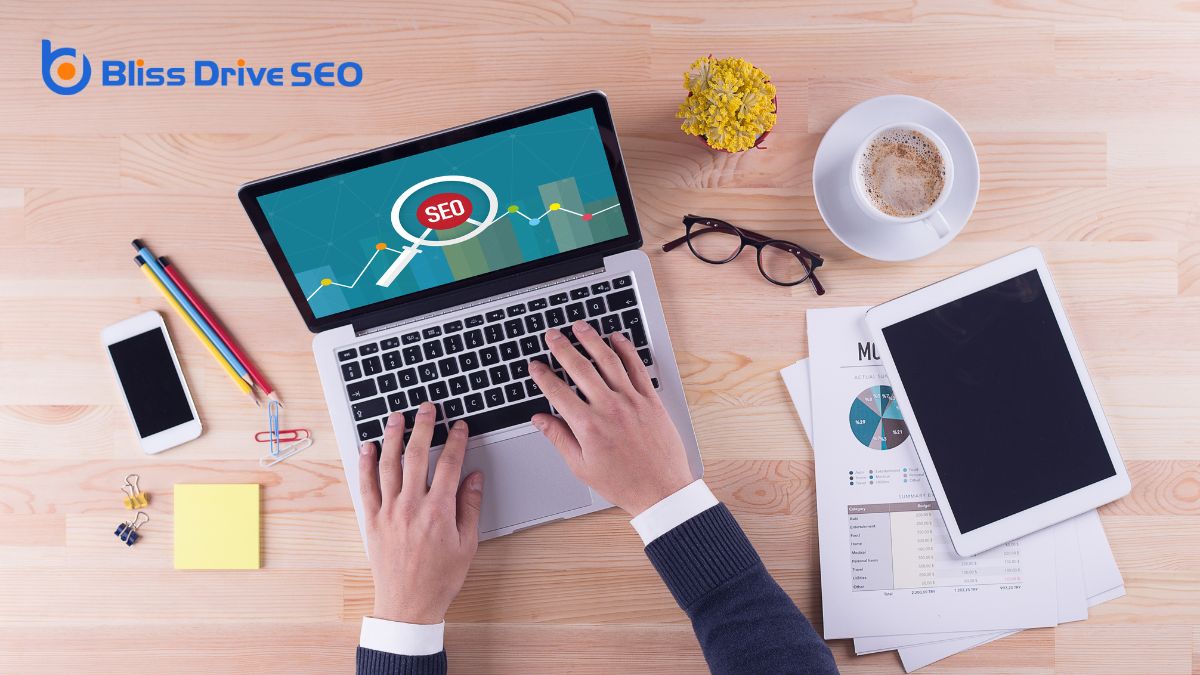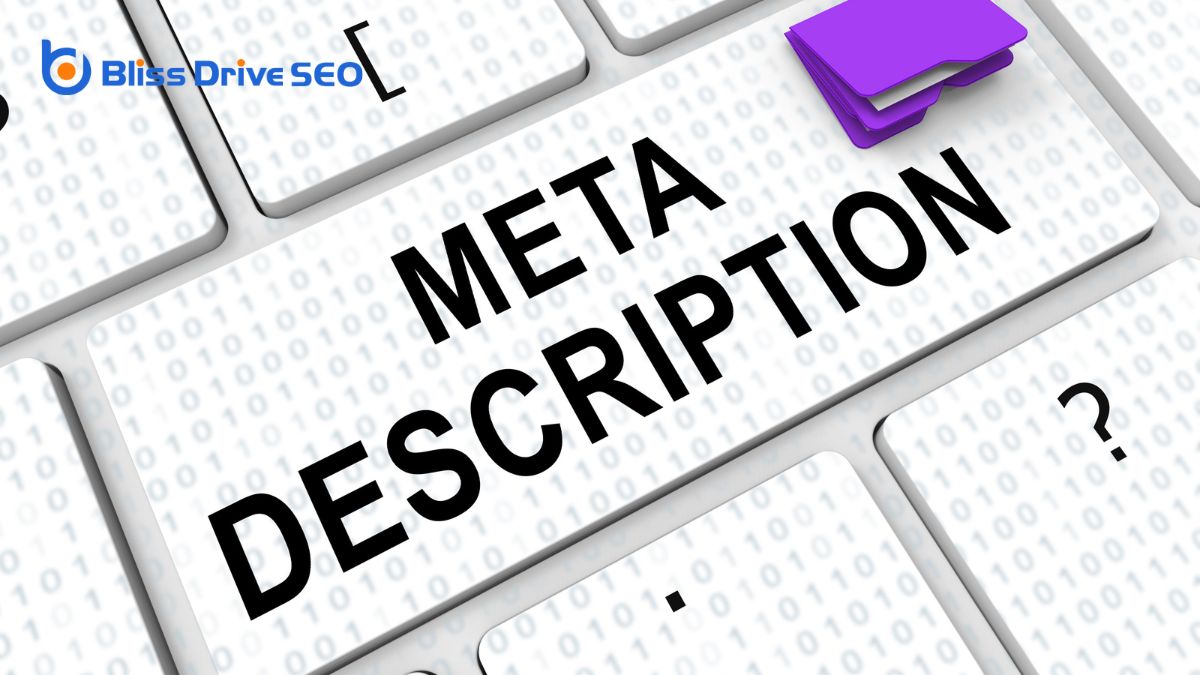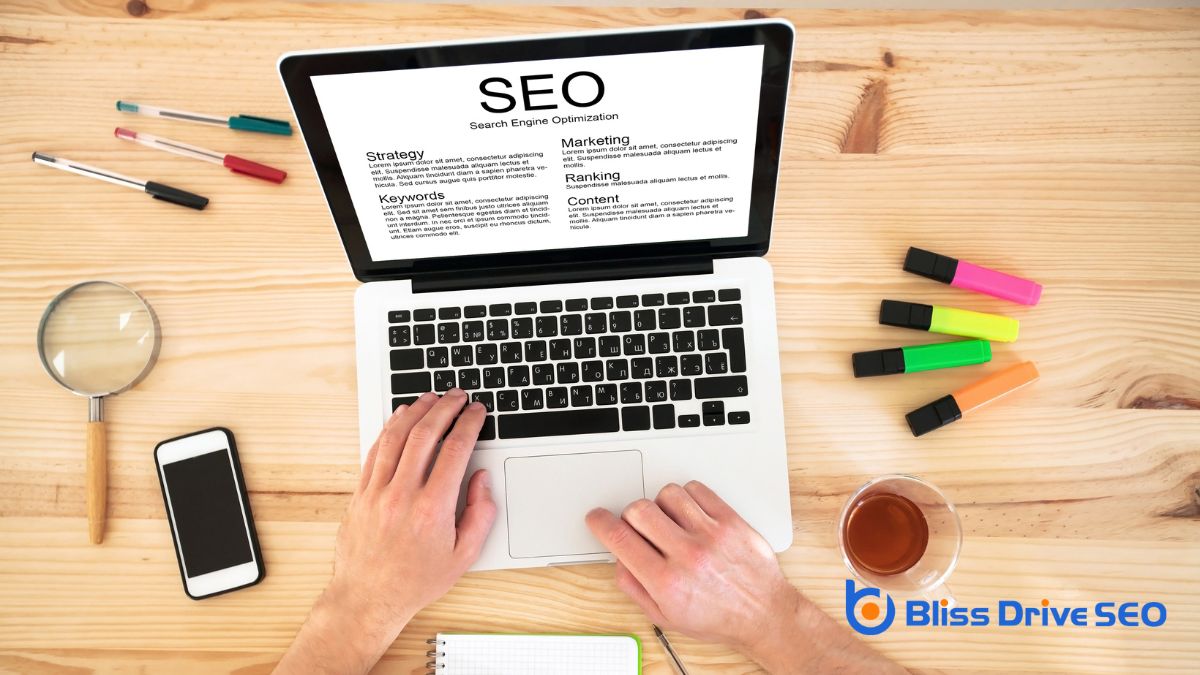Learn More About Us

To excel in on-page SEOOptimization techniques performed directly on the website, including content and HTML source code. in 2024, begin with comprehensive keyword researchThe process of finding and analyzing search terms that people enter into search engines. using tools such as Semrush and Ubersuggest. Optimize your title tags, meta descriptions, and headers with relevant keywordsWords or phrases that users type into search engines to find information. to enhance rankingsThe position at which a website appears in the SERP.. Focus on content quality by incorporating visual elements and strategic keyword positioning. Internal linkingLinks that connect different pages on the same website. improves site navigation and authority. Guarantee your URLs are brief and keyword-rich. Enhance user experience with quick-loading, mobile-friendly pages to maintain visitor engagementThe interactions that users have with a brand’s content on social media.. Paying attention to these strategies can greatly boost your organic trafficVisitors who come to a website through unpaid search engine results. and improve search visibility, and there's even more to explore to perfect your SEO game.
Conducting thorough keyword research is necessary for uncovering the search terms your audience is using. You need this foundational step to boost your SEO efforts effectively. Start by leveraging tools like Google Suggest, Semrush, and Ubersuggest to find valuable keywords. These tools will help you identify search terms with high search volume and manageable competition levels.
Don't overlook the power of long-tail keywords. These are phrases containing three or more words and are perfect for targeting specific audiences. They typically have lower competition, making it easier for your content to rank higher.
Analyzing about ten keywords for their search volume and competition levels will enable you to select the most effective ones for optimization.
Aligning your content with user search intentThe purpose behind a user’s search query. is necessary. When your content matches what users are searching for, you're more likely to increase organic traffic. People find what they need, and you get the engagement you want. Effective keyword research lays the groundwork for creating content that resonates with users, ultimately driving more visitors to your site. Don't skip this crucial step in your SEO strategy.

Optimizing titles and meta tagsHTML tags that provide information about a web page to search engines and visitors. is a crucial step for enhancing your site's search engine visibility. Title tags greatly influence search engine rankings, so make sure they're optimized with relevant keywords. This not only aids search engines in understanding your content but also enhances your ranking potential.
Meta descriptions play a vital role by providing a brief summary of the page's content. When you create these descriptions with optimized keywords, you simplify the process for search engines to comprehend what your page is about. Google values well-optimized titles and meta tags because they directly impact click-through rates and user engagementThe level of interaction and involvement users have with social media content..
By refining your title and meta tags, you enhance your site's visibility in search results. This leads to more organic traffic, as users are more inclined to click on a well-described link.
Remember, the ultimate goal is to attract visitors and keep them engaged. Well-crafted tags contribute to a better user experience, making your site more attractive.
Investing the effort in optimizing these aspects of on-page SEO is worthwhile. You'll enjoy better search engine visibility and, ultimately, a more successful website. Don't underestimate the influence of title tags and meta descriptions in shaping your online presence.
After fine-tuning your title and meta tags, it's time to focus on another pivotal on-page SEO element: header tags. These HTML elements, ranging from H1 to H6, play a critical role in structuring your content and establishing a clear hierarchy on your web pages.
The H1 tagThe main heading tag in HTML, important for SEO and indicating the primary topic of a page. is the most important, signaling the main topic to search engines and helping them understand what your page is about.
Proper use of header tags can greatly enhance your SEO efforts. By incorporating relevant keywords into your headers, you not only improve your chances of ranking higher for specific search queries but also make your content more accessible to search engines. This practice enhances both readability and scannability, making it easier for users to navigate your content.
Header tags also improve user experience by breaking down your content into manageable sections. This organization helps users quickly find the information they're looking for, which can reduce bounce rates and keep visitors engaged longer.
When optimizing content, you should focus on smart keyword placement to align with user intent and enhance readability using headings and bullet points.
Don't forget to incorporate visual content like images and videos to keep your audience engaged and improve SEO.
These techniques will make your content more valuable and accessible, boosting your search engine performance.
Placing keywords strategically in your content is crucial for improving search engine visibility and ranking. Start by embedding your primary keywords in the title tagAn HTML element that specifies the title of a web page, displayed on the SERP and browser tab., meta descriptionA brief summary of a web page’s content, shown in the SERP., and URL. These elements are the first things search engines and users see, making them essential for catching attention and indicating relevance.
Next, focus on your headers and body content. Using keywords in headers not only helps structure your content but also signals to search engines what your page is about.
When writing body content, incorporate long-tail keywords and semantic variations to cover a broader range of search queries. This technique can greatly boost your organic traffic and engagement.
Remember, the natural incorporation of keywords is key. Overstuffing can leadA potential customer referred by an affiliate who has shown interest in the product or service but h... to penalties and a poor user experience. Make sure the keywords flow seamlessly within your text.
Don't forget about images. Optimizing images with descriptive file names and alt textDescriptions added to images to help search engines understand the content of images. containing keywords can enhance your on-page SEO. Alt text helps search engines understand image content and improves accessibility for visually impaired users.
Enhancing readability is a cornerstone of effective content optimizationImproving content to enhance its performance and effectiveness.. When your content is easy to read, it naturally engages your audience and improves their overall experience on your site. To achieve this, take into account the following strategies:
Beyond these tactics, it's important to think about your font size, spacing, and overall formatting. These elements can greatly impact how easily your content can be read on various devices and screen sizes.
A clear writing style, combined with thoughtful formatting, ensures that your message is effectively communicated.
Enhancing your site's user engagement and search engine rankings depends on effective visual content optimization. By focusing on visually attractive elements, you can increase engagement by 80% on your website.
Videos, especially on landing pages, are powerful tools, potentially boosting conversion rates by 86%. Integrating videos guarantees users spend more time on your site, interacting with your content.
Infographics are another treasure trove for engagement. They're liked and shared on social media three times more than other content types. This means more visibility and traffic to your site.
Additionally, make sure to use alt text for all images. This not only improves your SEO but also makes your content accessible to visually impaired users, broadening your audience reach.
Visual content enhances scannability, helping users quickly digest information. This is important in an era where attention spans are short. By strategically using images, videos, and infographics, you can keep your audience engaged and informed without overwhelming them with text.
Incorporating these elements into your on-page SEO strategy will ensure that your site isn't only visually attractive but also functional and accessible, driving better user engagement and higher search engine rankings.
When it comes to on-page SEO strategies for 2024, optimizing image alt text is an essential step you can't overlook. Image alt text serves multiple purposes: it enhances accessibility for visually impaired users and boosts your SEO performance. By adding descriptive, concise alt text to your images, you not only make your site more inclusive but also improve your chances of appearing in search engine results.
To maximize the benefits, follow these guidelines:

When you use internal linking effectively, you can improve your site's navigation and enhance indexing efficiency. This strategy not only helps search engines understand your site's hierarchy but also boosts the authority of key pages.
Enhancing site navigation through internal linking is crucial for optimizing your website's SEO performance. By strategically placing internal links, you can distribute link equity across your site, improving its overall visibility and search rankings. When you guide visitors to relevant content, you enhance user experience and make your site more engaging.
To make the most of internal linking, consider these tips:
Boosting the indexing efficiency of your website hinges on effective internal linking. By connecting pages within your site, you help search engines discover and understand the relationship between different pages, making it easier for them to index your content. Internal linking is key to distributing link equity across your website, ensuring that your most important pages get the attention they deserve.
When you use descriptive anchor text for your internal links, you boost your SEO by clearly indicating the content of the linked page. This not only aids search engines but also enhances user experience, guiding visitors to relevant and related content seamlessly.
Strategic internal linking isn't just about improving indexing efficiency; it's also about encouraging your visitors to explore content deeper within your site.
A well-planned internal linking structure can lead users through a logical flow of information, making their journey on your website more enjoyable and informative.
By strategically implementing internal links, you can greatly enhance your website's page authority. Internal linking boosts page authority by passing link equity throughout your site, helping to improve overall SEO performance. This strategic approach not only enhances the crawlability and indexation of your pages but also ensures that search engines understand the context of your content through relevant anchor text.
Here's how you can make the most of internal linking:
Crafting an effective URL layout is essential for your website's on-page SEO success. URLs should be concise and descriptive, allowing both users and search engines to quickly comprehend what your page is about. Including target keywords in your URLs can greatly boost your SEO efforts, making your content more visible in search results.
When structuring your URLs, use hyphens to separate words. This practice improves readability and helps search engines better interpret the content of your pages. Remember, hyphens are preferred over underscores because search engines treat hyphens as spaces, which enhances the overall readability.
A structured URL is vital for enhancing your site's visibility. It helps search engines navigate your content more efficiently, and guarantees users can easily grasp the topic of your page at a glance.
For instance, a URL like "www.yoursite.com/seo-tips-2024" is much more effective than "www.yoursite.com/page1234".
Optimizing your URL layout isn't just about adding keywords; it's about making your URLs user-friendly and structured. This fundamental on-page SEO strategy will significantly improve your website's visibility and search engine rankings, guaranteeing your content reaches the right audience.
A stellar user experience (UX)The overall experience a user has when interacting with a website or application, including usabilit... is essential for your on-page SEO success, as it directly affects how visitors interact with your content. When users have a positive experience on your site, they're more likely to stay longer, reducing bounce rates and increasing dwell time. Here are a few key elements you should focus on to enhance your user experience:
Incorporating clear call-to-actions (CTAs) will guide users towards desired actions, boosting conversions. Engaging visuals also plays an important role in capturing attention and making your site more appealing. By focusing on these aspects, you'll create a user-friendly environment that search engines love.
Not only will this improve your SEO rankings, but it will also lead to lower bounce rates, higher dwell time, and ultimately, more conversions on your website.
In 2024, you'll need to focus on user experience, AI-driven content, and E-A-T principles. Emphasize voice searchUsing voice commands to search the internet or perform actions on a mobile device., video content, and mobile-first indexingGoogle’s practice of using the mobile version of a website for indexing and ranking.. Use AI tools for SEO and optimize e-commerce sites for better visibility.
You should focus on thorough keyword research, optimizing title tags and meta descriptions, creating high-quality content, implementing technical SEOOptimizing the server and website structure to improve search engine crawling and indexing. like mobile-friendliness and page speed, and using internal and external linkingLinks that point to external websites from your site. strategies to boost your SEO performance.
You need to focus on user intent and delivering valuable, relevant content. Understand what users are searching for and align your content accordingly. This approach is essential for ranking high and improving user experience on your site.
You can boost your on-page SEO by conducting keyword research, optimizing titles and meta descriptions, enhancing user engagement, and improving technical aspects like page speed and mobile-friendliness. Implement strategic calls-to-action to drive conversions and user experience.
To excel in 2024, focus on meticulous keyword research, crafting compelling title and meta tags, and effectively using header tags. Optimize your content and images with precise alt text. Strengthen your site with strategic internal linking and clean, concise URL structures. Prioritize user experience by ensuring your site is fast, responsive, and easy to navigate. Implement these strategies, and you'll see your on-page SEO efforts pay off in higher rankings and more engaged visitors.
